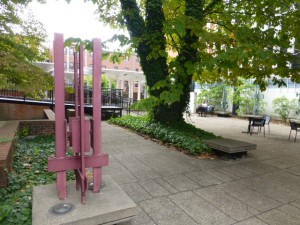MICA (Maryland Institute College of Art)
MICA (visited 6/8/23)
This is a great school! I had driven by campus several times and finally found time to go visit. Campus is a great mix of new and repurposed buildings built into the historic district of Baltimore – including one of the old Rail stations. Students have access to a lot of things on and off campus: there’s a Light Rail stop on campus (and students get discounts on this) so Baltimore – and DC – are really at their fingertips.
Students don’t declare a major coming in (but can indicate an interest on their application). When they come in, all students take part in the required Foundation Year/First Year Experience. They all take drawing classes but also get exposure to working in indifferent mediums like digital and sculpture. In that first year, they get to choose 1 elective which could – but doesn’t have to be – related to their intended major. Students will declare their major in the 2nd semester.
Our tour guide had a lot of good to say about facilities on campus as well as the professors. Classes cap around 16 students in order to make sure they have access to materials and have attention from the teachers. “They push us out of our comfort zones and are always looking for ways to push boundaries and be on the cutting edge of artistic options.” She took us through a lab where they use things like bacteria, mushrooms, fibers, and other natural things to create sustainable and eco-friendly art. They’re in the process of creating a full major for this (and they already have an Ecosystems, Sustainability, & Justice major).
MICA is innovative in how the offer classes to make things as accessible as possible, including offering half-semester class and workshop options. Students have the flexibility to take electives in whatever they’re interested in to personalize their education. Our guide, a Fibers major (she came in as Interdisciplinary Sculpture) took a Glaze workshop where they were taught to make their own glazes for ceramics. Students and the school push interdisciplinary boundaries and encourage students from different disciplines to work together. Graphic Design (which is a phenomenal program) often partner with Printmaking students.

MICA sets their students up to succeed:
- Not only do they learn all the artistic skills they’ll need but also the business side and other ways to make sure they can work and support themselves as an artist.
- Their Ratcliff Center for Entrepreneurship pulls in students who are interested in running their own businesses; the business classes are geared specifically to artists. They also have Shark-tank type competitions to get start-up funding.
- Internships are required.
- Students can sell their work in the store on campus as well as at Art Market in December.
- Students can pursue a join BFA/MAT in Art education; students going through this program have a 100% placement rate.
- All seniors have studio spaces. Seniors can request to have a weaving loom in the studio.
- MICA graduates have access to all the resources on campus here even after graduation including databases with internships and job boards.
- JHU/MICA joint film center is close to MICA’s campus. MICA offers a Film & Video minor for undergrads and an MFA in film.
Founders Green is a great dorm complex and has the only student parking lot on campus. The freshman suites (and almost all first-years live on campus) fit up to 4 people (and has a full kitchen!). There are some singles. Interestingly, students have to bring their own desks! Our tour guide loved living there – but unfortunately it got cut short by Covid. She said she was actually surprised at how much she enjoyed the people she was living with: “I thought the other students would be stuck up but I made lifelong friends, especially since we got kicked off campus.”
For admissions, they require a portfolio of 12-20 finished pieces; they want to see technical skills as well as concepts and themes – and they prefer that the portfolio matches the student’s interests so they can assess if the applicant is likely to do well. “If they want to go the extra mile, combine this with a theme/concentration like you’d do for the AP portfolio. If it was a solo exhibition, could you write a single statement of explanation?” said the rep we met with. The portfolio is a major part of the app combined with the GPA – that determines the merit-based scholarship, awarded at the time of admission. Admissions counselors are happy to meet with them during the process: “We aren’t here to judge. We’re here to help and guide them.” National Portfolio Review days are also a good option in order to get feedback.
The rep recommends taking part in MICA’s or another summer program: “Students can get credit, work with a faculty member, live on campus. This is a really great opportunity to figure out if you really want to go to art school. It may not be what you think it is – or you find out that you don’t really want to be immersed in art 24/7.” If cost is an issue, scholarships (need and merit-based) are available.
They’ll read the essay. “We often see the same one over and over. If you want to stand out, don’t tell us that you started art at 3! Tell us something different.”
© 2023







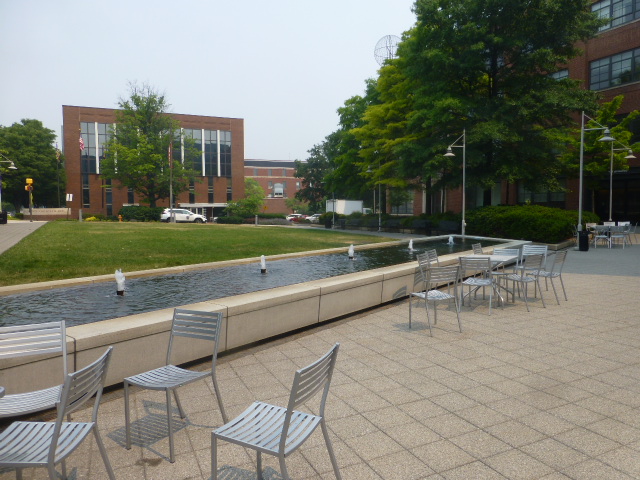
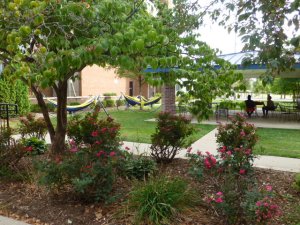 I had no idea what to expect from this school. I thought I’d spend an hour or so talking to the rep, poking around campus a little, and leaving. I didn’t have hugely high expectations. I knew that it was very much an urban campus, Catholic, and from everything I had heard, a small regional school – all of which is true, but I ended up liking several things about it. However, there are a few things that would make it a hard sell for students from outside the area.
I had no idea what to expect from this school. I thought I’d spend an hour or so talking to the rep, poking around campus a little, and leaving. I didn’t have hugely high expectations. I knew that it was very much an urban campus, Catholic, and from everything I had heard, a small regional school – all of which is true, but I ended up liking several things about it. However, there are a few things that would make it a hard sell for students from outside the area.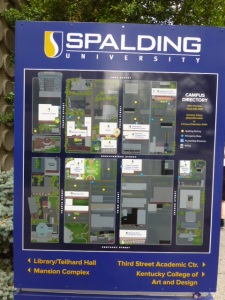

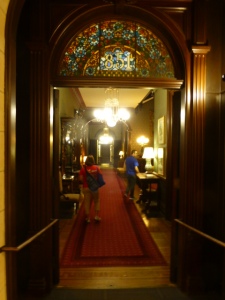
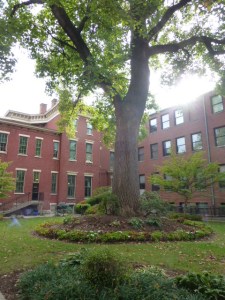
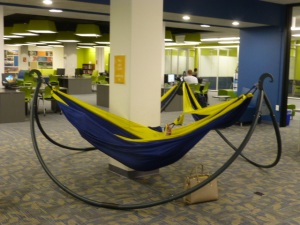

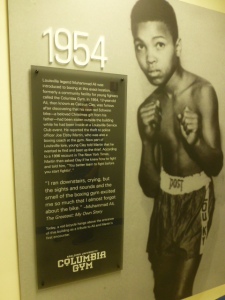 Spaulding has 1700 students with undergrads making up about half of that. Incoming classes have 150-200 each. “We’d like to be closer to 210-220.” Retention first-second year is 76% with graduation rates in the 60s. “It’s not where we want it to be. There are several factors that feed into that,” said the rep. “One big one is that we tend to take chances on students that maybe other schools won’t. They often say the right things in admissions but can’t walk the walk. We’re over 50% Pell Eligible here. We try to give them wrap-around support, but for some it’s more difficult.”
Spaulding has 1700 students with undergrads making up about half of that. Incoming classes have 150-200 each. “We’d like to be closer to 210-220.” Retention first-second year is 76% with graduation rates in the 60s. “It’s not where we want it to be. There are several factors that feed into that,” said the rep. “One big one is that we tend to take chances on students that maybe other schools won’t. They often say the right things in admissions but can’t walk the walk. We’re over 50% Pell Eligible here. We try to give them wrap-around support, but for some it’s more difficult.” “We’re striking a balance between supporting people but also being mission-appropriate in reaching out to people who need it,” said another rep. They’re working with an Educational Advisory Board to try to increase success rates. They have a software programs that will look at things as simple as tracking attendance and using analytics to look at courses like the SU100 (intro to college). “If you aren’t successful in that class, you won’t be successful in others. It’s an effort class: If you show up and turn in the work, you’re going to get an A or B.” They take conditional admits who complete an intensive 1-week bridge program over the summer and meet with success coaches throughout the semester. To be an unconditional admit, students need a 2.5 GPA and 20 ACT (or SAT equivalent).
“We’re striking a balance between supporting people but also being mission-appropriate in reaching out to people who need it,” said another rep. They’re working with an Educational Advisory Board to try to increase success rates. They have a software programs that will look at things as simple as tracking attendance and using analytics to look at courses like the SU100 (intro to college). “If you aren’t successful in that class, you won’t be successful in others. It’s an effort class: If you show up and turn in the work, you’re going to get an A or B.” They take conditional admits who complete an intensive 1-week bridge program over the summer and meet with success coaches throughout the semester. To be an unconditional admit, students need a 2.5 GPA and 20 ACT (or SAT equivalent).